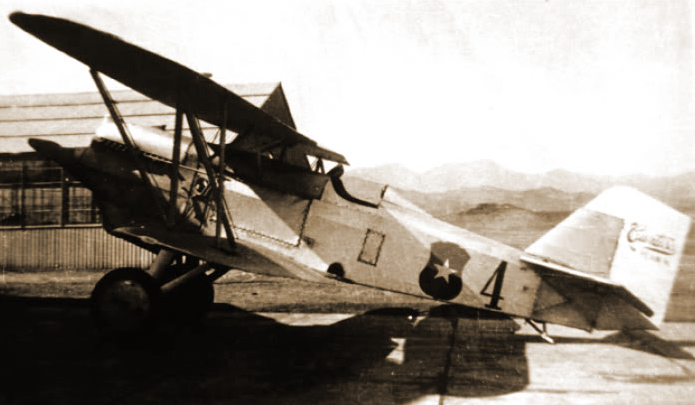The Condor I was primarily intended for the development of a rocket motor, and eventually to use this rocket for atmospheric research, with a peak of 300 km and a payload of around 400-500 kg.
The first static tests of the engine were carried out - apparently - in the middle of 1983, and it was planned to launch the first Condor I towards the end of 1985, something that never happened.
The second stage of the project consisted of the development of CONDOR II, but previously to be able to test the technology in flight, it is believed that they developed the 6.50 meter Alacrán (code name Condor I-A III). long by 0.56 meters. diameter; This vector could carry a useful load of 250 Kg., and had a range of 115 km. - The scorpion's composite warhead would have a capacity to house a warhead made up of a cluster bomb, containing 1000 CAM-1 grenades, with a dispersion radius of 2 blocks.
This missile would have the same type of fuel and construction characteristics of the Condor I, but in reality it was a tactical artillery missile, of the Chilean "Rayo" type, but with greater power and range. - The Alacrán was fired several times since 1988 (see footnote 2), including on one occasion by the then President C. Menem from El Chamical in La Rioja; and he even tried it with a warhead with submunitions as a warhead.-
In an article in the Jan-Feb Aerospace magazine from 1990 about the Air Force and the weapons systems under investigation at that time, the composite material warhead of the Scorpion and the warhead, consisting of a cluster bomb that goes inside the warhead, containing 1000 CAM-1 grenades with a dispersion radius of 2 blocks.- In the text it explains that the VT-561 (ex-Alacrán) ground-to-ground rocket was presented, under the name of project FAS-320.- Specifies that the total weight is 1532 Kg., with a load of 400 Kg., that at the end of the combustion weighs 788 Kg. (that is, it carried 744 Kg. of propellant) and that it has a horizontal range of 120 with a peak of 40 km.-
Condor II
The ambitious project was developed jointly with Germany (who provided the technology). In addition, an underground laboratory was built in Falda del Carmen, Córdoba province. At that time the secret services of Israel and Great Britain were already aware of the construction of the missile, as was the US CIA.
The English feared that Argentina would attack the Falkland Islands with missiles, since Condor II could reach the archipelago. On the other hand, Israeli intelligence was concerned as it boasted contributions from Arab countries to the project. There was great fear for the possible transfer of technologies and knowledge from Argentina to them.
This large-scale rocket had been designed to be a satellite launcher, with no need for outside help.
Technical data
CONDOR II, was a 2-stage vehicle, with a thrust vector control system by means of a tilting nozzle in each stage, aerodynamic surfaces for roll control in both stages as well; a cold gas altitude control sensor package and a final speed control system. All this controlled by three integrated computers and intercommunicated with each other.
The total height of the rocket would be about 16 meters. for 0.80 meters. diameter.
The payment load would be 500 kgs. and a range of 1000 km was forecast.
Although this was the military version of Condor II, a modified version was also envisaged for putting small satellites into orbit, adding a third stage.
Possibly some copies of CONDOR II were completed, but there is no certainty that they were tested in flight.-
In part, the cancellation of this project began to be planned for budget reasons, but the end came due to international pressure.
Much of the equipment for the development of the rocket was dismantled and sent to the USA for destruction in 1993, according to agreements signed between the governments of that time.
Since that opportunity, there were no more official rocket development projects in Argentina until today, so the technological development achieved was not used for projects with peaceful purposes.
The Condor's Nest
In the town of Falda del Carmen, a facility was built for the development and construction of the condor missile. About US $ 400 million were invested in the construction and equipping of the plant and around 800 people came to work.
The Institute of Scientific and Technical Research of the Armed Forces (CITEFA) operated in Falda del Carmen during the Cóndor II project.
The Falda del Carmen plant is one of the sites where military aeronautics worked more than a decade in the research and development of a solid fuel missile technology system, the results were the prototypes of the Cóndor I and Cóndor II missiles.
http://repositorio.udesa.edu.ar/jspui/bitstream/10908/10945/1/[P][W] T. D. His. León, Pablo Gabriel de.pdf




















































